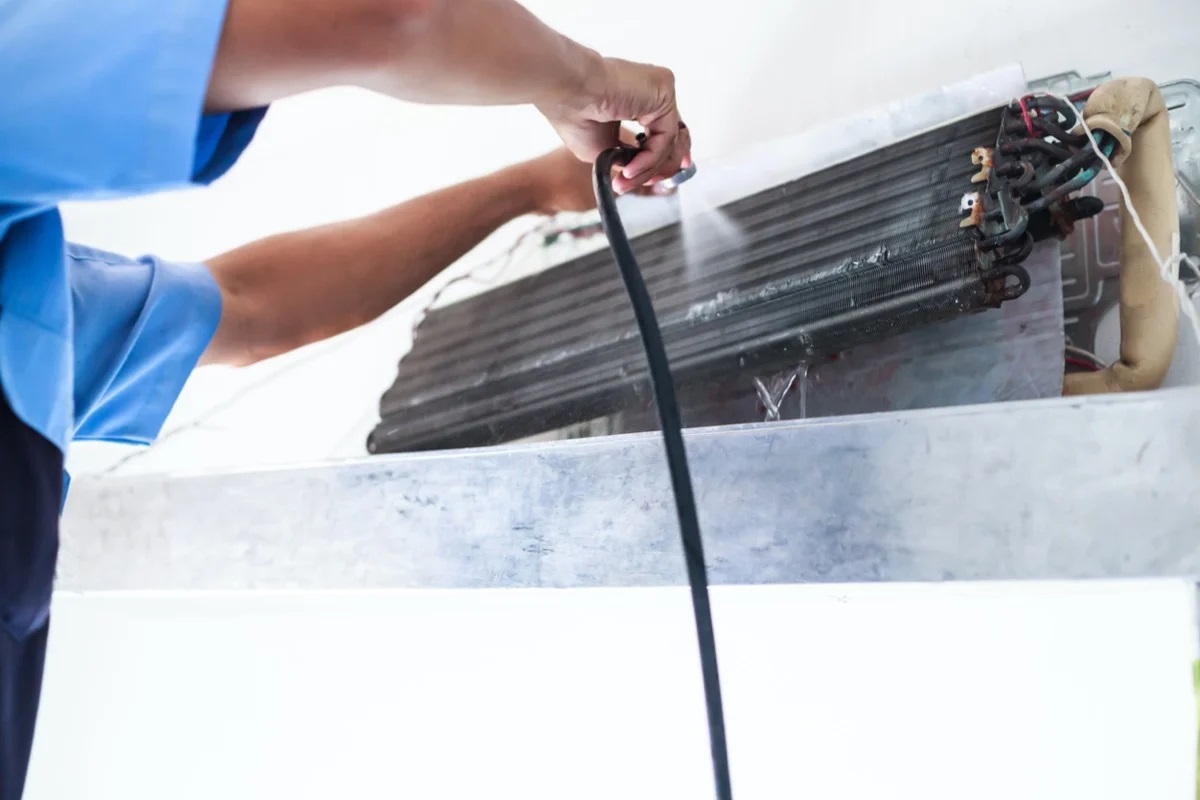For property managers, mold inspections are more than just a box to check, they are a vital part of maintaining building value, ensuring tenant safety, and preventing costly remediation down the line. Regular inspections catch mold problems early, help identify moisture sources, and keep properties in compliance with health standards.
Why Mold Inspections Matter
Mold can develop quickly in hidden areas, behind walls, under floors, in HVAC systems, long before it becomes visible or produces a strong odor. By the time you can see it, the damage may already be extensive. Routine mold inspections give property managers the chance to identify and address these issues before they impact tenant health or cause expensive structural damage.
A certified mold inspector will assess the building thoroughly, using tools like infrared cameras, hygrometers, and moisture meters to detect problems the naked eye can’t see. They can also pinpoint whether conditions are ideal for mold growth, even if mold hasn’t appeared yet.
Protecting and Enhancing Property Value
Mold issues, especially if discovered during a sale or refinancing process, can significantly lower property value. Buyers, lenders, and insurance companies view mold as a major red flag that can lead to structural repairs, potential lawsuits, and ongoing maintenance costs.
By conducting regular inspections and keeping detailed reports, property managers can show a record of due diligence and maintenance. This documentation proves the property is well cared for and mold-free, which can be a strong selling point during negotiations.
“An inspection is not just about finding mold, it’s about protecting your investment,” says David Rivers of Los Angeles Mold Remediation Pros. “Property managers who schedule regular inspections are often the ones who avoid major losses and keep their tenants happy.”
Tenant Satisfaction and Retention
Tenants want to know that their health and safety are a priority. Regular inspections signal that the property manager is proactive, not reactive, when it comes to mold and moisture problems. If mold is discovered early, it can be addressed before tenants notice, preventing complaints, distrust, or even legal action.
A transparent process, sharing inspection results and explaining how any issues will be resolved, can also build tenant confidence. Happy tenants are more likely to renew leases, take better care of the property, and refer others.
Compliance and Risk Management
In many cities and states, landlords are legally responsible for providing mold-free living and working spaces. Regular inspections help ensure compliance with local health codes and housing regulations. Failing to detect and remediate mold can result in fines, legal disputes, and costly emergency remediation.
Professional inspections also create a valuable paper trail. If a dispute arises, having documented evidence of inspections, maintenance, and remediation efforts can be a critical defense.
The Long-Term Benefits of Regular Inspections
Mold inspections are not an expense, they’re a preventive investment. They reduce the likelihood of expensive remediation, preserve property value, keep tenants satisfied, and help avoid legal and regulatory trouble. For property managers, they are an essential part of a comprehensive building maintenance plan.
By building inspections into your annual or semi-annual schedule, you not only protect your property but also enhance your reputation as a responsible, proactive manager. In the competitive property market, that reputation can be just as valuable as the building itself.



